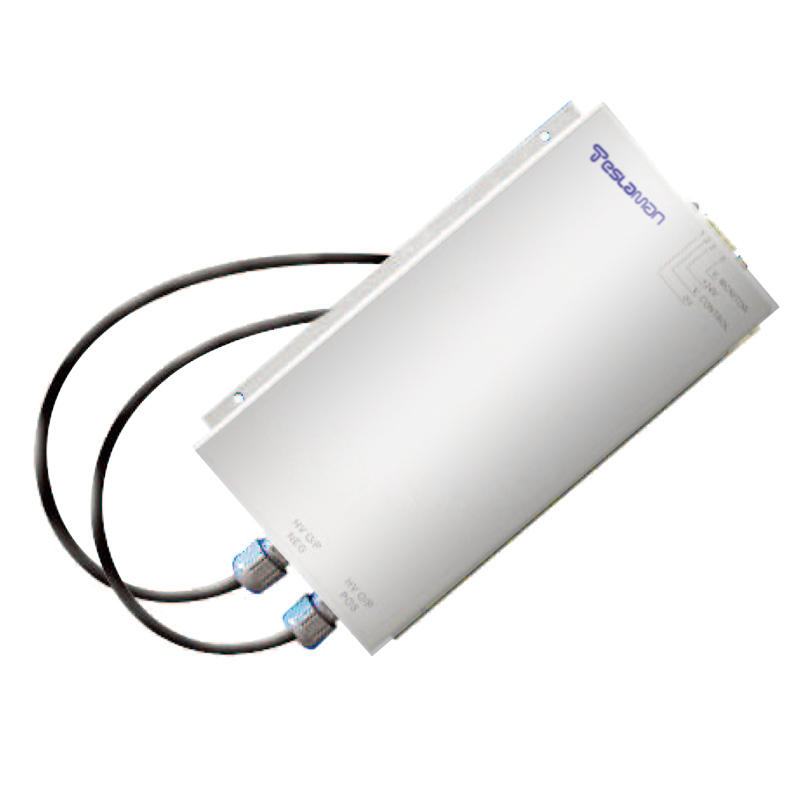Core Technological Breakthroughs in High-Voltage Power Supplies for Precise Cable Fault Localization
In power systems, precise cable fault localization is critical for ensuring supply reliability. High-voltage (HV) power supplies, as core equipment for cable fault testing, significantly improve localization accuracy and efficiency by providing stable, controllable HV excitation signals combined with advanced detection technologies. Key breakthroughs include:
1. Core Functions of HV Power Supplies
HV power supplies perform two primary roles:
Fault Breakdown & Signal Excitation: Outputting HV DC or pulsed signals (e.g., impulse flashover method) to forcibly breakdown high-resistance faults (e.g., insulation aging, moisture-induced megaohm-level resistance), generating detectable discharge currents or acoustic-magnetic signals.
Stable Excitation Source: Utilizing closed-loop feedback control to maintain voltage stability (±0.5% accuracy) despite cable length variations or load fluctuations, preventing positioning errors.
2. Three Key Localization Technologies
1. Impedance-Matching Techniques
HV Bridge Method: Applies 5–10 kV DC to measure resistance ratios via a Wheatstone bridge, locating faults ≤500 MΩ with ≤0.5 m error.
Voltage Drop Method: Measures voltage drop ratios (L₁ = L × U₁/(U₁+U₂)) for outer sheath faults.
2. Traveling Wave Reflection Techniques
Time Domain Reflectometry (TDR): Injects HV pulses (e.g., 1 kV/200 V) to capture reflected waveforms. Arc Reflection Method enhances traditional TDR by maintaining arcs with medium-voltage pulses, achieving meter-level accuracy.
Time-Frequency Domain Reflectometry (TFDR): Uses Gaussian-modulated signals and Hilbert transform for envelope extraction, identifying subtle defects (e.g., damp joints) with <1 m error.
3. Gradient Field Detection
Step Voltage Method: Injects current to detect surface potential gradients via A-frame probes. Zero potential difference between probes pinpoints faults, ideal for buried cables.
Acoustic-Magnetic Synchronization: Locates faults by minimizing the time difference (ΔT≈0) between acoustic and electromagnetic signals from HV pulse discharges.
3. Field Application Challenges & Solutions
Environmental Noise: Urban underground clutter requires synchronous denoising (e.g., wavelet filtering) for TFDR or magnetic sensing to avoid ground loops.
High-Resistance Breakdown: Adjustable sphere gaps regulate discharge intensity for stable arcing.
Safety: Integrated overvoltage/overcurrent protection and fully insulated enclosures (grounding resistance <4 Ω).
4. Future Trends
Intelligence: AI algorithms to auto-adapt test parameters (e.g., voltage, pulse width) based on fault types.
Integration: Combined HV generation, signal acquisition, and analysis modules for portability.
Sustainability: Energy-efficient topologies (e.g., LLC resonance) reducing power consumption by 30%.
> HV-driven cable fault localization is evolving from experience-dependent to data-driven. Future integration of multi-physical signal fusion and adaptive control will enable one-click fault locking in complex environments, advancing smart grid resilience.




















